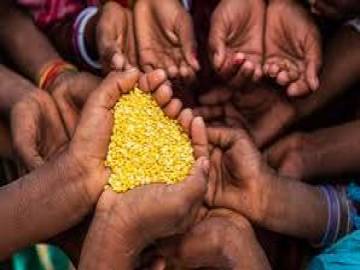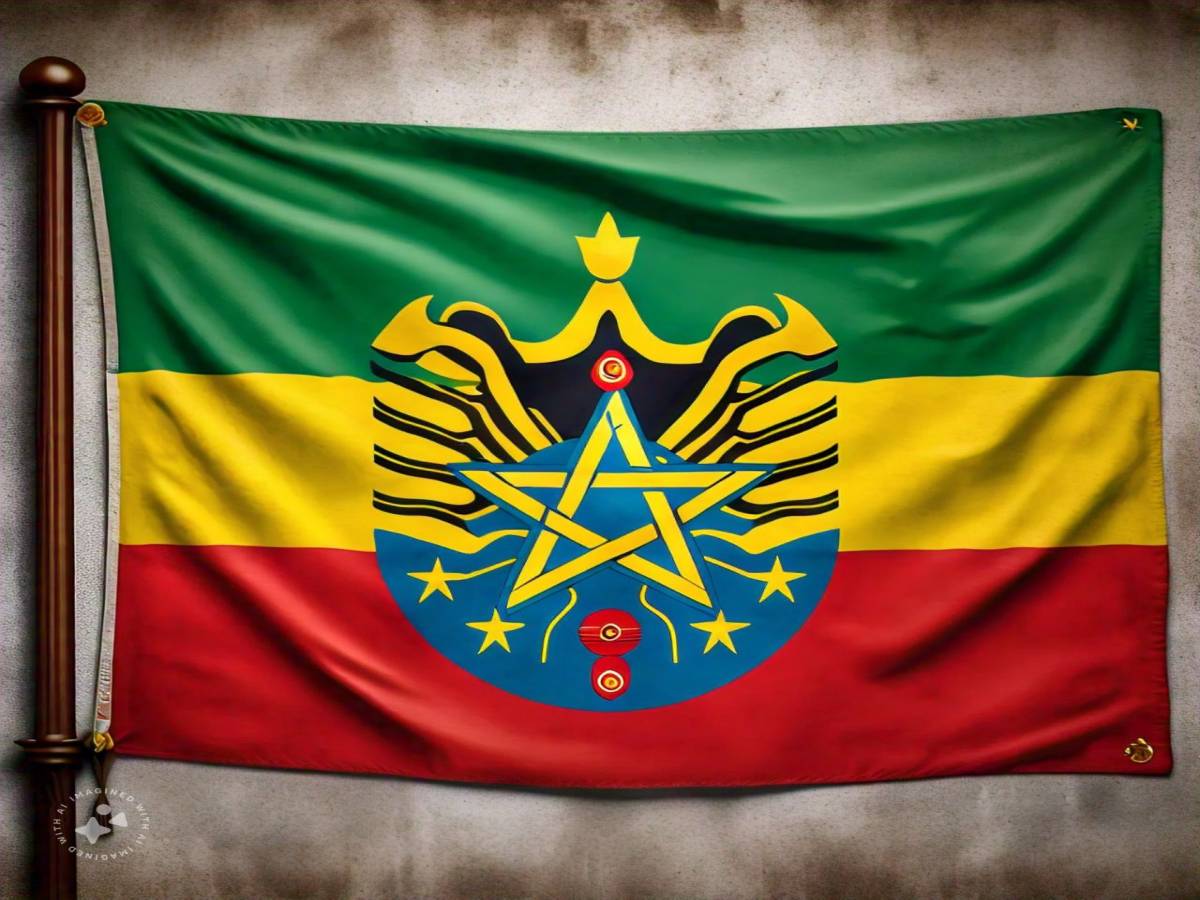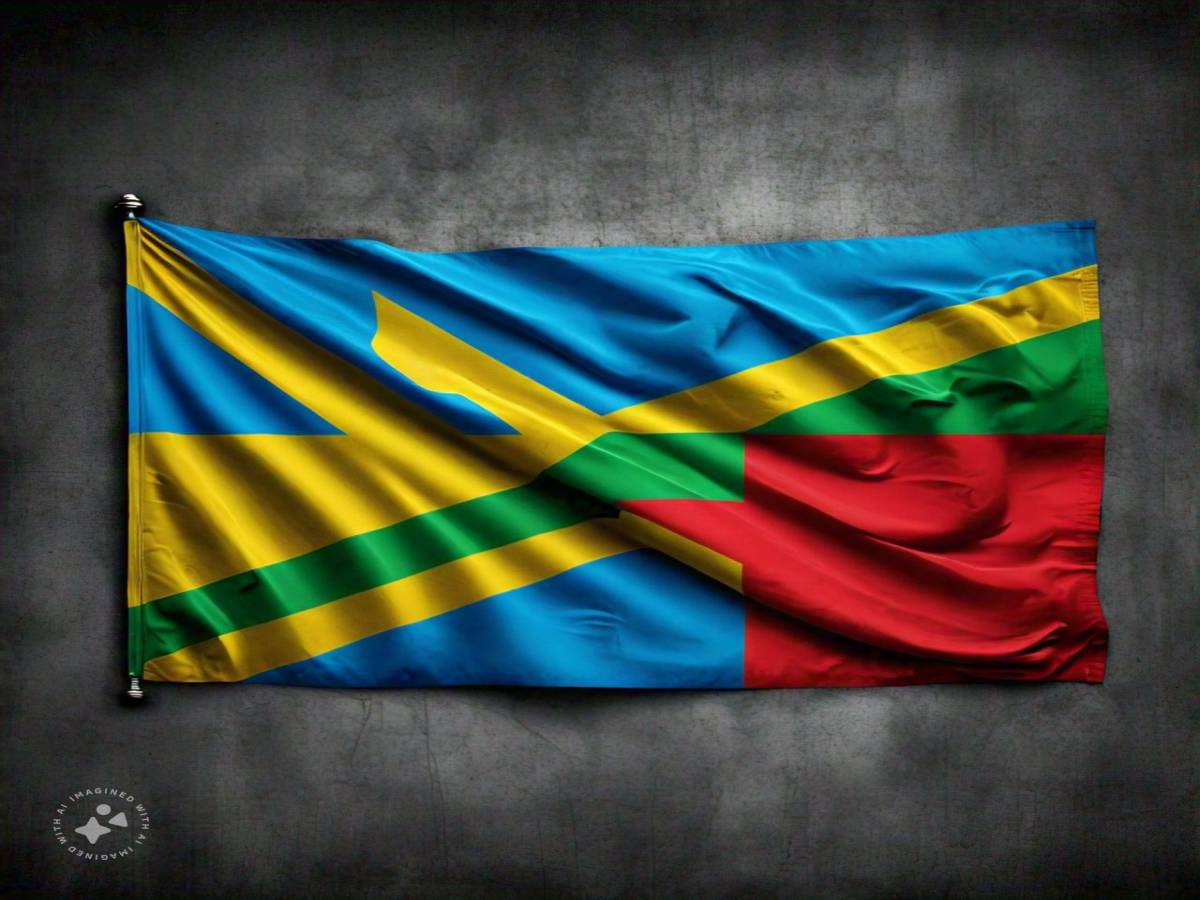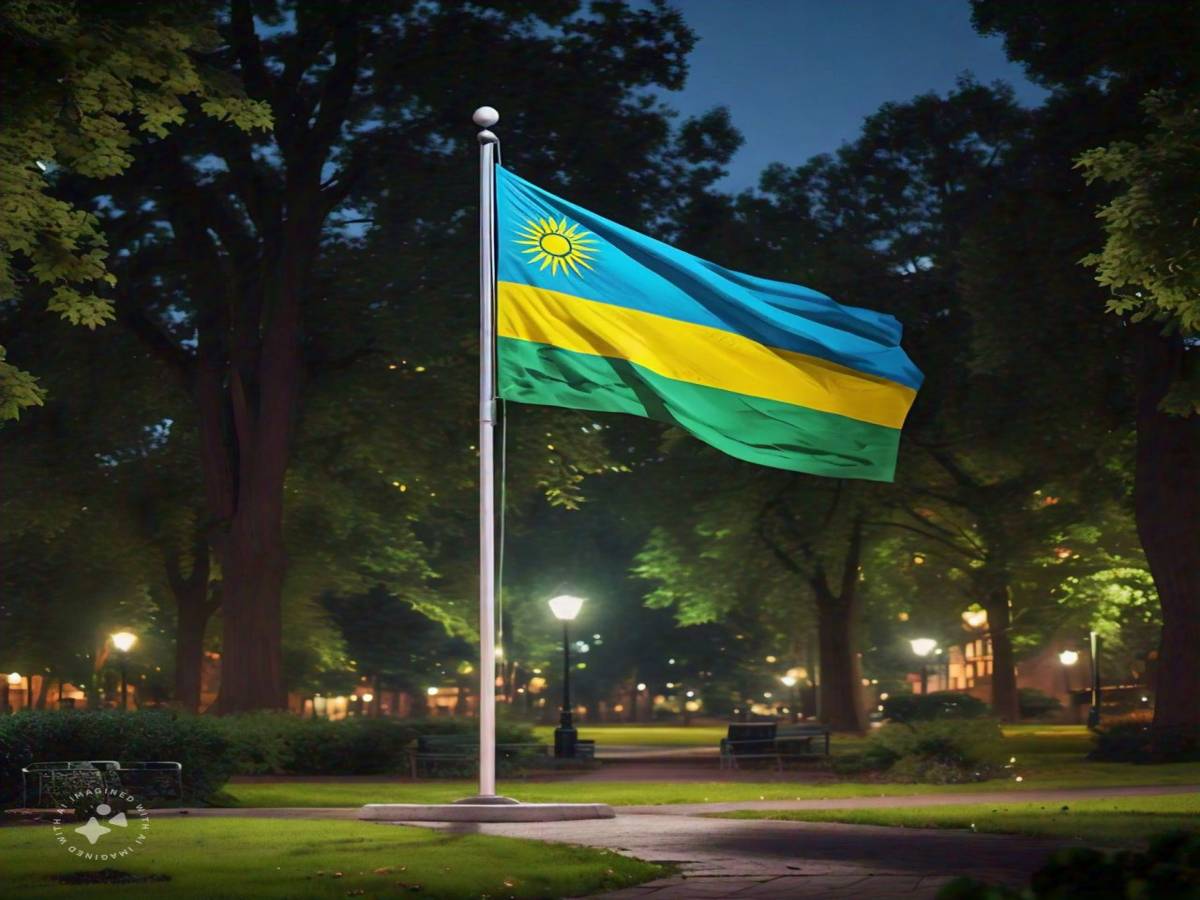The State Of Food Insecurity In Africa: Top 10 Most Affected Countries In Africa 2024

Food insecurity remains one of the most pressing challenges facing Africa today. Despite significant efforts by governments, international organizations, and non-governmental organizations (NGOs) to combat hunger, millions of people across the continent still struggle to access sufficient, safe, and nutritious food.
The reasons for this vary from country to country but generally include a combination of conflict, economic instability, climate change, and population growth. As we move through 2024, the situation in some countries is particularly dire.
According to world statistics and food and agriculture organization of the united state (FAO), the following are the top 10 African countries with the most severe levels of food insecurity.
Countries With Most Unsecured Foods In Africa
- South Sudan
- Somalia
- Yemen
- Ethiopia
- Nigeria
- Democratic Republic of the Congo (DRC)
- Sudan
- Central African Republic (CAR)
- Chad
- Mozambique
1. South Sudan

South Sudan has long been at the epicenter of food insecurity in Africa. Since gaining independence in 2011, the country has been plagued by civil war, economic collapse, and climate-related disasters such as floods and droughts. These factors have driven millions into extreme poverty, with many unable to access basic necessities, including food.
As of 2024, nearly 7.7 million people in South Sudan are estimated to be food insecure, with many facing emergency levels of hunger. The ongoing conflict has disrupted agricultural production and forced millions from their homes, making it difficult for people to cultivate crops or access markets. Additionally, the economic situation in South Sudan remains dire, with hyperinflation making food unaffordable for most families.
2. Somalia

READ ALSO » Top 10 Best Wired Food Combinations Around The World
Somalia’s long history of political instability, coupled with the persistent threat of drought, has made it one of the most food-insecure countries in Africa. The country has experienced cycles of drought and famine for decades, exacerbated by the ongoing conflict between the government and various armed groups, including the extremist group Al-Shabaab.
In 2024, Somalia faces yet another food crisis, with an estimated 6.5 million people in need of urgent humanitarian assistance. The situation is particularly severe in rural areas, where drought has decimated crops and livestock, leaving many families without a source of income or food. The lack of a functioning central government has also made it difficult to coordinate effective responses to the crisis, further complicating efforts to address food insecurity.
3. Yemen

Although geographically part of the Middle East, Yemen is often included in discussions of African food security due to its proximity and similar challenges. Yemen has been embroiled in a brutal civil war since 2015, leading to what the United Nations has described as the world’s worst humanitarian crisis. The conflict has devastated the country’s economy and infrastructure, leaving millions of people without access to food, clean water, or healthcare.
By 2024, nearly 17 million Yemenis are food insecure, with millions facing famine-like conditions. The ongoing conflict has severely disrupted agricultural production, and many farmers have been forced to abandon their land. Meanwhile, economic sanctions and blockades have made it difficult to import food and other essential supplies, pushing prices beyond the reach of most families.
4. Ethiopia

Ethiopia, once seen as a beacon of hope for development in Africa, has been plunged into a deep crisis over the past few years. The conflict in the northern Tigray region, which began in late 2020, has had devastating consequences for food security across the country. The fighting has displaced millions of people, disrupted agricultural production, and led to widespread hunger.
In 2024, an estimated 20 million people in Ethiopia are facing food insecurity, with many in the Tigray, Afar, and Amhara regions experiencing emergency levels of hunger. The conflict has made it difficult to deliver humanitarian aid to those in need, and many families have been forced to rely on wild foods and other coping mechanisms to survive. Additionally, drought in other parts of the country has further exacerbated the food crisis.
5. Nigeria

Nigeria, Africa’s most populous country, faces significant food security challenges, particularly in the northeastern region, where the Boko Haram insurgency has displaced millions of people and disrupted agricultural production. The ongoing conflict, coupled with economic instability and climate change, has left millions of Nigerians without access to sufficient food.
READ ALSO » Top 10 Most Developed Countries In Africa 2023
As of 2024, an estimated 25 million Nigerians are food insecure, with many in the Northeast facing crisis or emergency levels of hunger. The insurgency has forced millions of people from their homes, making it difficult for them to cultivate crops or earn a living. Meanwhile, the country’s economy has been weakened by low oil prices, inflation, and high levels of unemployment, making it difficult for families to afford food.
6. Democratic Republic of the Congo (DRC)

The Democratic Republic of the Congo (DRC) has long been plagued by conflict, political instability, and economic hardship, all of which have contributed to high levels of food insecurity. The country is rich in natural resources, but decades of mismanagement and corruption have left most of the population in poverty.
In 2024, an estimated 27 million people in the DRC are facing food insecurity, with many in the eastern provinces experiencing emergency levels of hunger. The ongoing conflict in the eastern DRC has displaced millions of people, making it difficult for them to access food or other basic necessities. Additionally, poor infrastructure and limited access to markets have made it difficult to transport food to those in need.
7. Sudan

Sudan, a country with a long history of conflict and economic instability, continues to face significant food security challenges. The secession of South Sudan in 2011 led to a sharp decline in Sudan’s oil revenue, contributing to economic hardship and high levels of poverty. Meanwhile, ongoing conflict in the Darfur region and other parts of the country has displaced millions of people and disrupted agricultural production.
By 2024, an estimated 15 million people in Sudan are food insecure, with many facing crisis or emergency levels of hunger. The country’s economic situation remains dire, with high inflation and unemployment making it difficult for families to afford food. Additionally, climate change has led to more frequent and severe droughts, further exacerbating the food crisis.
8. Central African Republic (CAR)

The Central African Republic (CAR) has been mired in conflict for years, leading to widespread food insecurity across the country. The ongoing civil war has displaced millions of people, disrupted agricultural production, and left much of the country’s infrastructure in ruins.
In 2024, an estimated 2.7 million people in the CAR are food insecure, with many facing crisis or emergency levels of hunger. The conflict has made it difficult for farmers to cultivate their land, and many families have been forced to rely on food aid to survive. Additionally, the country’s economic situation remains dire, with high levels of unemployment and poverty making it difficult for families to afford food.
9. Chad

Chad is a landlocked country in Central Africa that faces significant food security challenges due to a combination of conflict, economic instability, and climate change. The country has been affected by the conflict in neighboring countries such as Sudan, Nigeria, and the Central African Republic, which has led to the displacement of millions of people and disrupted agricultural production.
READ ALSO » Top 10 Countries That Produce The Most Plastic Waste In Africa
In 2024, an estimated 5 million people in Chad are food insecure, with many facing crisis or emergency levels of hunger. The country’s economic situation remains fragile, with high levels of unemployment and poverty making it difficult for families to afford food. Additionally, climate change has led to more frequent and severe droughts, further exacerbating the food crisis.
10. Mozambique

Mozambique has been hit hard by natural disasters in recent years, including cyclones, floods, and droughts, which have had a devastating impact on food security. The conflict in the northern Cabo Delgado region has also displaced hundreds of thousands of people and disrupted agricultural production.
In 2024, an estimated 2.9 million people in Mozambique are food insecure, with many in the northern provinces facing crisis or emergency levels of hunger. The country’s economic situation remains fragile, with high levels of unemployment and poverty making it difficult for families to afford food. Additionally, the ongoing conflict in Cabo Delgado has made it difficult for humanitarian organizations to deliver aid to those in need.
Conclusion
The food security crisis in Africa is a complex and multifaceted issue, driven by a combination of conflict, economic instability, climate change, and population growth. The situation in the 10 countries highlighted above is particularly severe, with millions of people facing crisis or emergency levels of hunger. Addressing this crisis will require concerted efforts from governments, international organizations, and NGOs to provide immediate humanitarian assistance, as well as to address the underlying causes of food insecurity, such as conflict, poverty, and climate change.
In the short term, it is essential to provide food aid to those in need and to support agricultural production to ensure that people have access to sufficient, safe, and nutritious food. In the long term, efforts must focus on building resilience to climate change, promoting economic development, and addressing the root causes of conflict. Only by taking a comprehensive approach to food security can we hope to address the crisis and ensure that all people in Africa have access to the food they need to lead healthy and productive lives.
